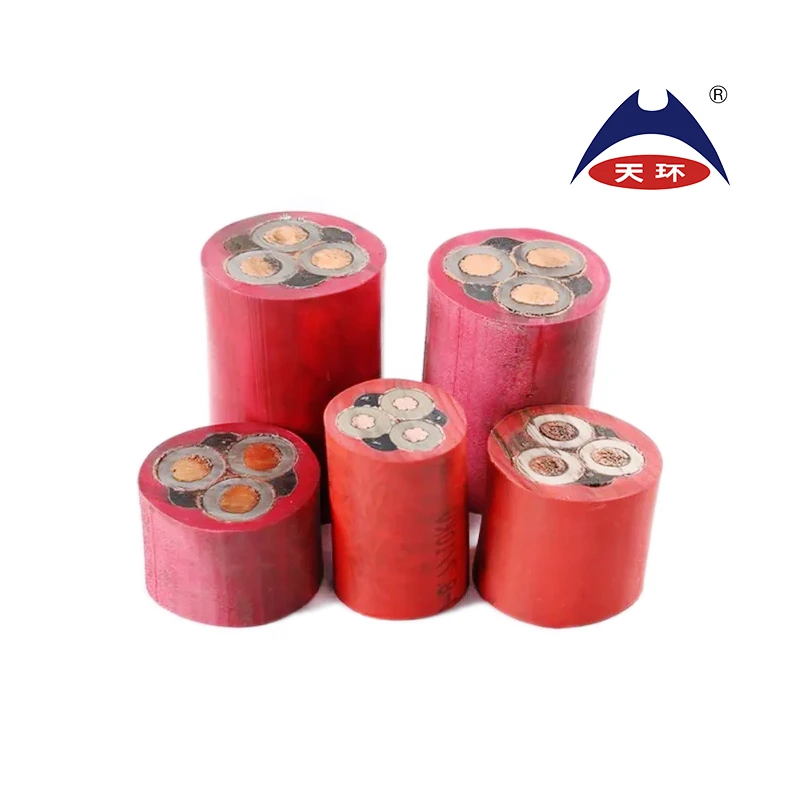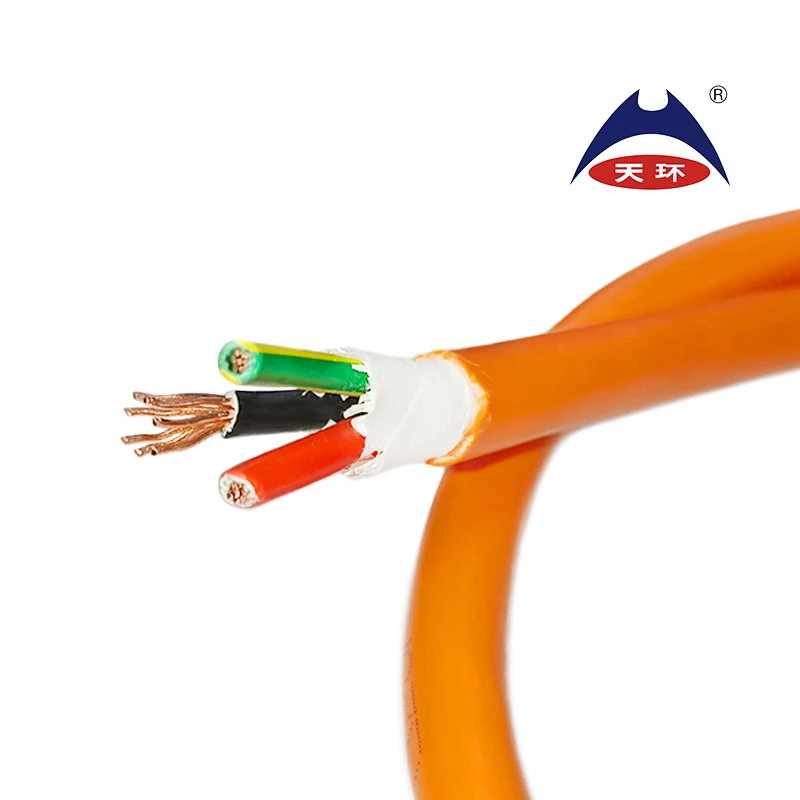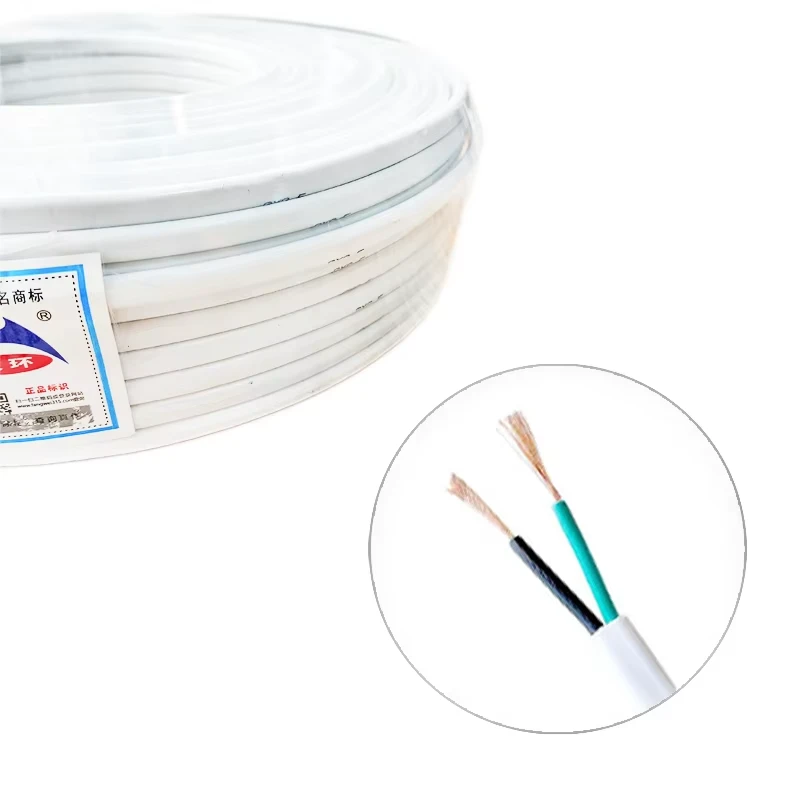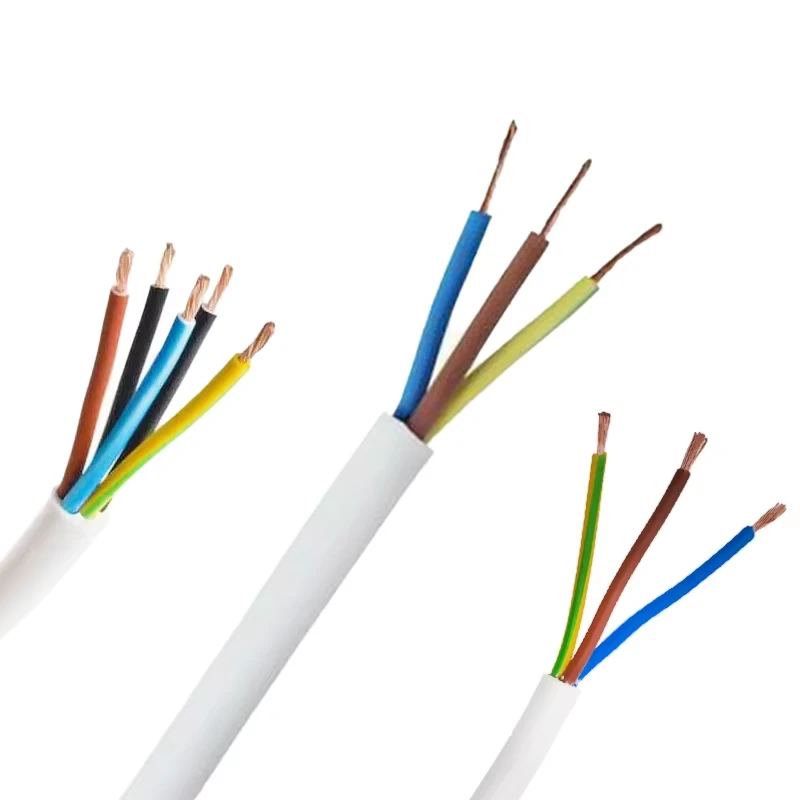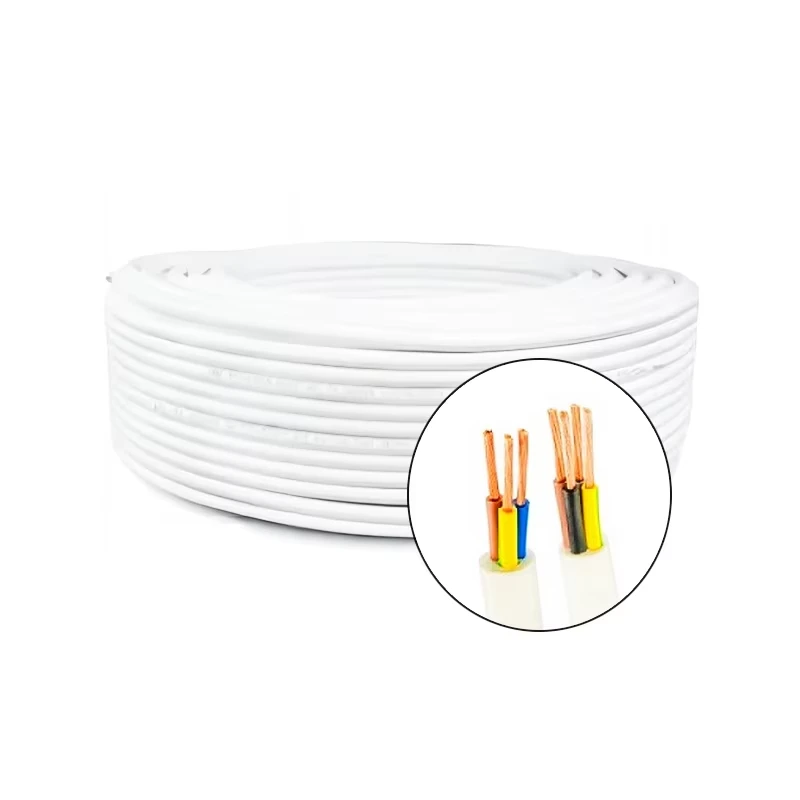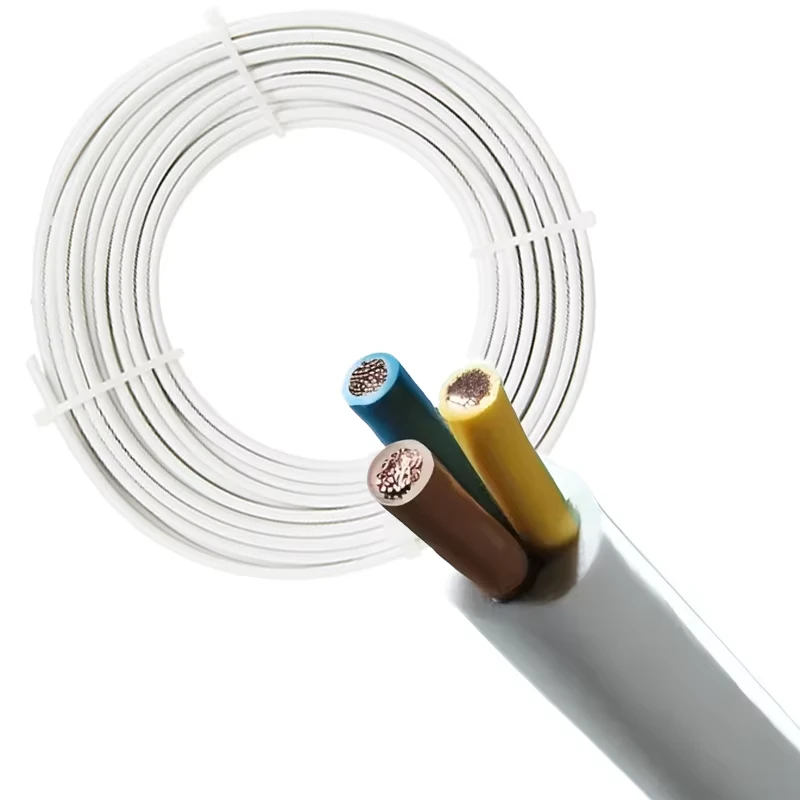
Optimal Methods for Installing Power Cables Safely and Efficiently
Best Construction of Power Cable A Comprehensive Guide
Power cables are essential in modern electrical systems, responsible for transmitting electricity from one point to another with minimal losses and maximum safety. The construction of power cables is a critical factor that influences their performance, durability, and overall effectiveness. This article explores the best practices in the construction of power cables, focusing on materials, design, manufacturing processes, and safety considerations.
Materials Used in Power Cables
The selection of materials is fundamental to the construction of power cables. The core components include conductors, insulation, and protective coverings.
1. Conductors The most common materials for the conductors are copper and aluminum. Copper is preferred for its superior conductivity and resistance to corrosion, making it ideal for high-performance applications. However, aluminum is lighter and more cost-effective, which can be advantageous for certain installations.
2. Insulation The insulation material protects the conductor and ensures safe operation. Common insulation materials include
- Polyvinyl Chloride (PVC) Widely used due to its flexibility, durability, and resistance to chemicals and moisture. - XLPE (Cross-Linked Polyethylene) Offers excellent thermal resistance, making it suitable for high-temperature applications. - Rubber Used in specific environments where flexibility and resistance to environmental stress are required.
3. Sheathing The outer layer of the cable, or sheath, protects against environmental factors and mechanical damage. Materials like PVC, polyethylene, and steel wire are commonly employed. The choice depends on the installation environment and specific regulatory requirements.
Design Considerations
The design of a power cable is integral to its effectiveness and safety. The following factors must be considered
1. Voltage Rating Cables are designed to handle specific voltage levels. It's crucial to select a cable with an adequate voltage rating to prevent insulation breakdown.
2. Current Carrying Capacity The cable must be designed to carry the expected electrical current without overheating. This involves calculating the proper conductor size based on the expected load, the length of the run, and environmental conditions.
3. Environmental Conditions Cables used outdoors or in harsh environments must be designed to withstand factors like temperature fluctuations, moisture, UV exposure, and chemical exposure.
4. Installation Method The cable design may vary based on whether it will be installed underground, overhead, or indoors. Each method has unique requirements that influence the cable's construction.
best construction of power cable
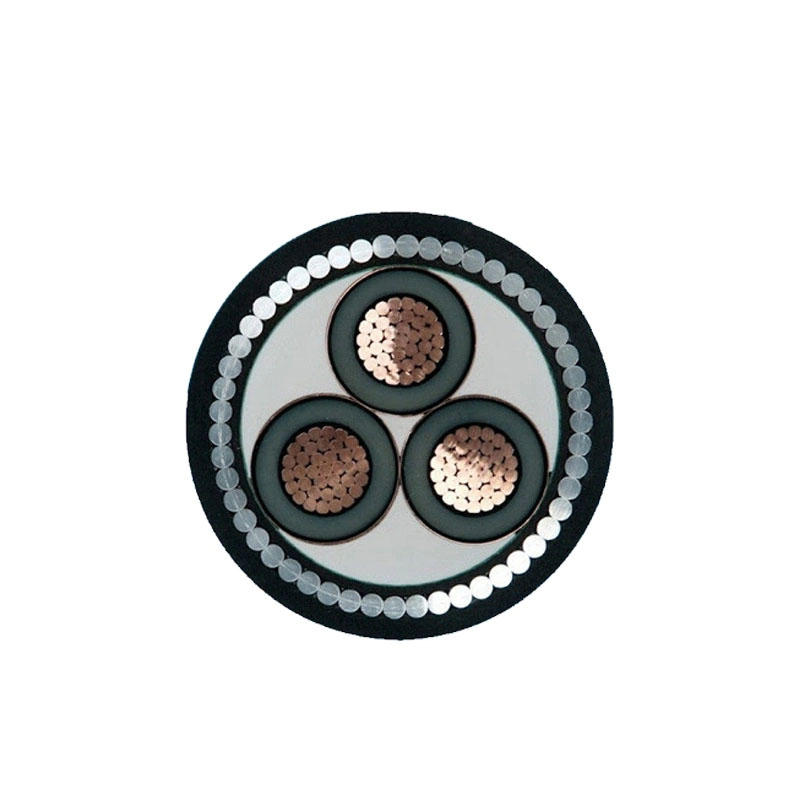
Manufacturing Processes
The manufacturing process of power cables is a critical phase that affects their quality and performance
. Key steps include1. Wire Drawing This process involves stretching the raw material (copper or aluminum) to form finer wires.
2. Stranding The individual wires are then twisted together to form the conductor. This enhances flexibility and improves current distribution along the length of the cable.
3. Insulation The application of insulation is typically done through extrusion, where the insulation material is heated and molded around the conductor to ensure a uniform thickness.
4. Armoring and Sheathing For cables requiring additional protection, steel wire may be added for armoring. Finally, the cable is completed with a protective sheath to guard against mechanical damage.
Safety Considerations
Safety should be a primary focus in the construction of power cables. Cables must be designed and tested to meet international safety standards. Some safety considerations include
1. Fire Resistance Cables should be constructed to limit the spread of fire and produce minimal smoke in the event of a fire.
2. Short-Circuit Protection Proper insulation and design can help prevent damage and hazards during a short circuit.
3. Grounding Cables must be properly grounded to avoid electric shock hazards and equipment damage.
Conclusion
The best construction of power cables involves a combination of high-quality materials, thoughtful design, precise manufacturing processes, and stringent safety measures. Selecting the right materials and adhering to industry standards is vital for ensuring the reliability and safety of electrical installations. As technology advances, continuous improvements in cable construction techniques will enhance performance and sustainability, ensuring that power cables remain a foundational element in the infrastructure of modern society.
-
Reliable LIYCY Cable Solutions for Low and Medium Voltage ApplicationsNewsJul.14,2025
-
Premium Overhead Electrical Wire Solutions for Low and Medium Voltage ApplicationsNewsJul.14,2025
-
Innovative XLPE Electrical Cable Solutions for Modern Low and Medium Voltage NetworksNewsJul.14,2025
-
High-Quality Ethylene Propylene Rubber Cable – Durable EPDM Cable & 1.5 mm 3 Core OptionsNewsJul.14,2025
-
Exploring the Versatility of H1Z2Z2-K 1X4mm2 Cables in Modern ApplicationsNewsJul.14,2025
-
Uses of Construction WiresNewsJul.14,2025
-
Types of Neoprene CableNewsJul.14,2025





